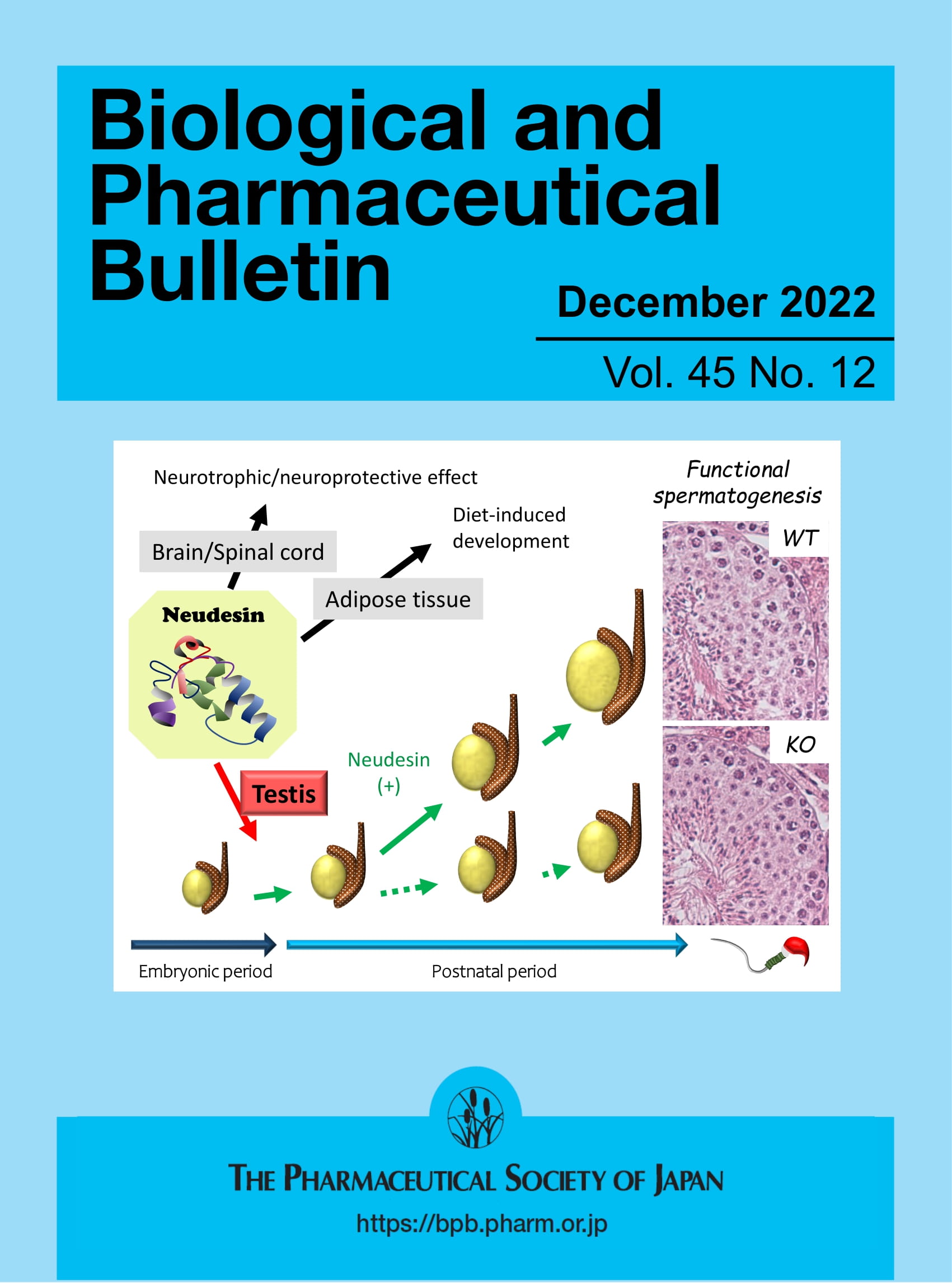Solid-Phase Extraction Coupled to Tandem Mass Spectrometry for Rapid Quantitation of Urinary Catecholamines and Total Metanephrines
Abstract
Rationale
The measurement of urinary catecholamines and total metanephrines serves as one of the primary tests in the diagnosis of pheochromocytoma and paraganglioma (PPGL). The widely adopted liquid chromatography–tandem mass spectrometry (LC–MS/MS) method, however, typically necessitates sample pretreatments and chromatographic separation prior to MS, resulting in challenges for facile and rapid screening of targets from complex matrices. Therefore, it is crucial to develop an analytical method that can rapidly and efficiently detect urinary catecholamines and total metanephrines.
Methods
A rapid and time-efficient procedure using solid-phase extraction (SPE) combined with pulsed direct current electrospray ionization tandem mass spectrometry (pulsed-dc-ESI-MS/MS) was validated for the specific and quantitative analysis of six urinary catecholamines and metanephrines. The SPE protocol was specifically optimized to enable direct analysis of the eluate obtained from SPE using MS/MS. All six compounds could be detected in a single complete operation.
Results
The method was evaluated by the determination of catecholamines and metanephrines (dopamine, epinephrine, norepinephrine, normetanephrine, metanephrine, and 3-methoxytyramine) in artificial urine samples and raw urine samples. Under the optimized experimental conditions, the limits of detection for these six analytes were in the range of 0.02–68.37 nM L−1, using dopamine-d4 (DA-d4) and metanephrines-d3 (MN-d3) as internal standards, respectively, which achieved the detection requirements for the clinical diagnosis of PPGL.
Conclusions
SPE coupled with pulsed-dc-ESI-MS/MS demonstrated improved efficiency compared to existing methods, which successfully enabled the rapid screening of urinary catecholamines and total metanephrines. Therefore, we believe that this method could be potentially useful in the clinical screening of PPGL and suitable for the direct analysis of urine.



 求助内容:
求助内容: 应助结果提醒方式:
应助结果提醒方式:


